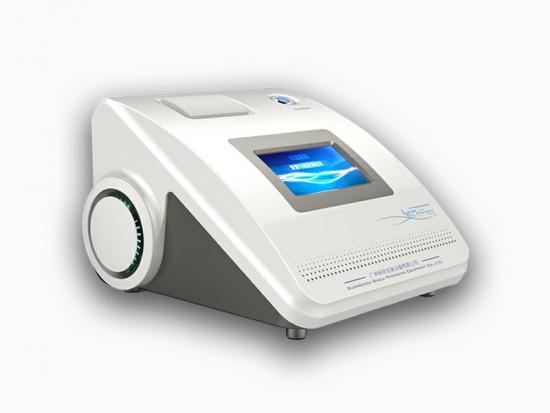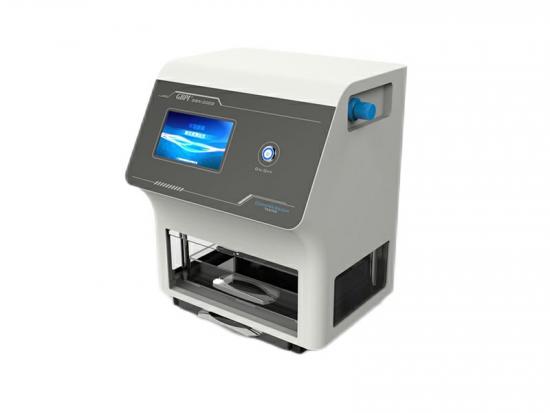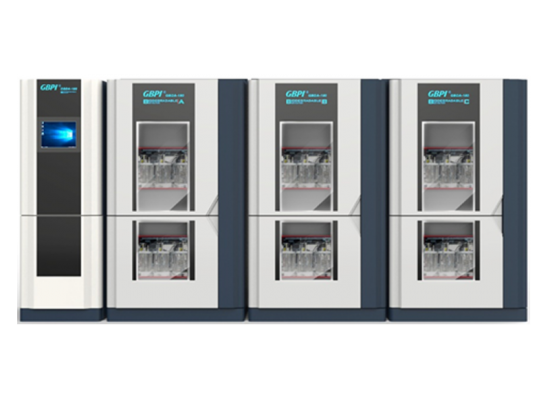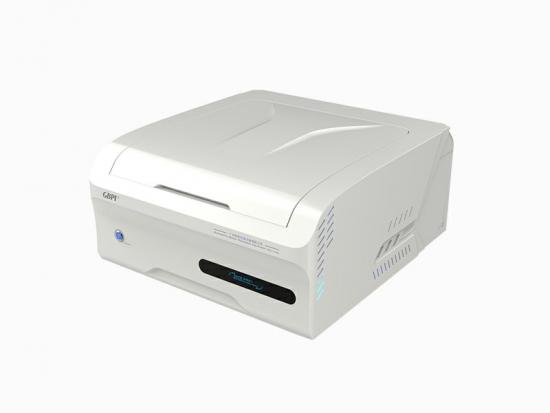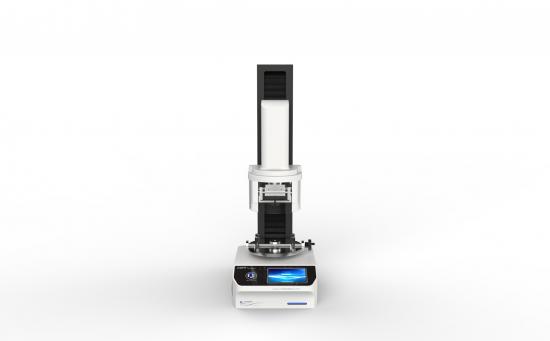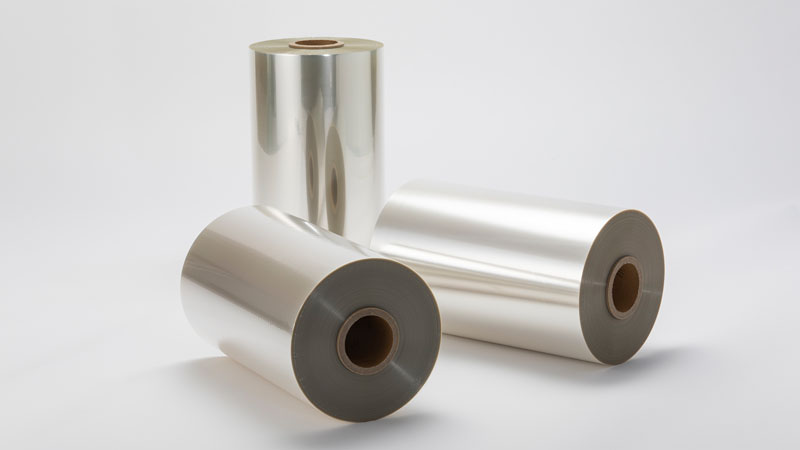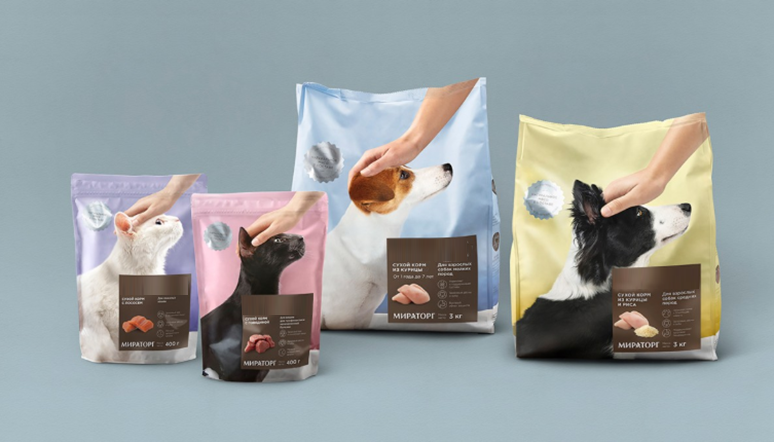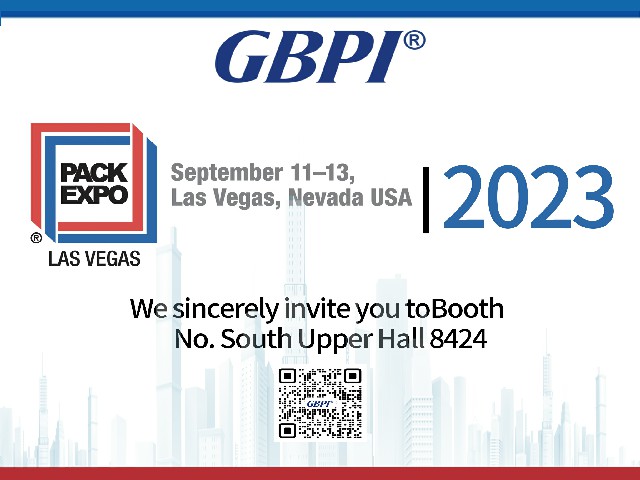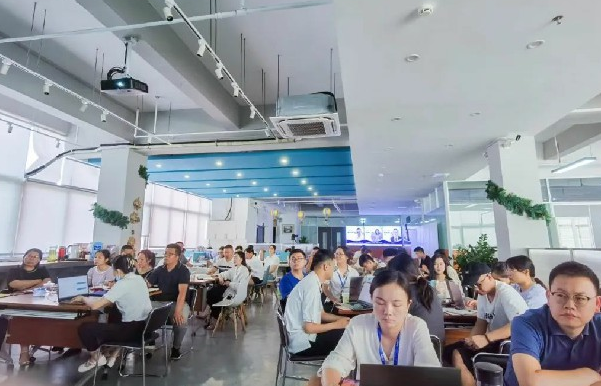Quality control (QC) testing for barrier films during the converting process is crucial to ensure they meet performance specifications. Here's a condensed overview of QC testing stages: Raw Material Inspection: Verify resin quality and absence of impurities before production begins. Thickness and Uniformity: Use micrometers or laser gauges to measure film thickness, ensuring consistency. Optical Quality: Assess clarity, gloss, and haze to ensure visual properties are within specifications. Barrier Properties: Oxygen Transmission Rate (OTR): Test with OTR meters to ensure low oxygen permeability. Water Vapor Transmission Rate (WVTR): Use WVTR meters to confirm moisture barrier effectiveness. Mechanical Properties: Tensile Strength and Elongation: Determine film strength and stretchability. Puncture Resistance: Test resistance to tearing or breaking. Seal Integrity: Evaluate the strength and uniformity of seals, if applicable. Surface Energy: Verify surface properties for adequate ink adhesion in printing processes. Lamination Bond Strength: For laminated films, check the adhesion between layers. Dart Drop Impact Test: Assess impact resistance by dropping a dart from a set height. Aging Tests: Simulate storage conditions to predict long-term barrier performance. These tests are interspersed at critical points, such as post-extrusion, post-lamination, after printing, and on the final product. Consistent QC ensures the barrier film maintains its protective functions, adheres to industry standards, and meets customer requirements.
View More

 info@gbtest.cn
info@gbtest.cn



 en
en ru
ru es
es ar
ar

